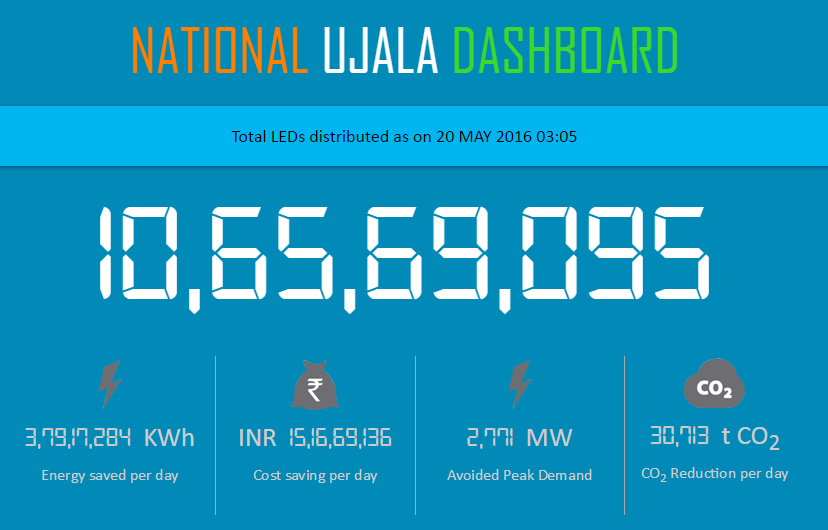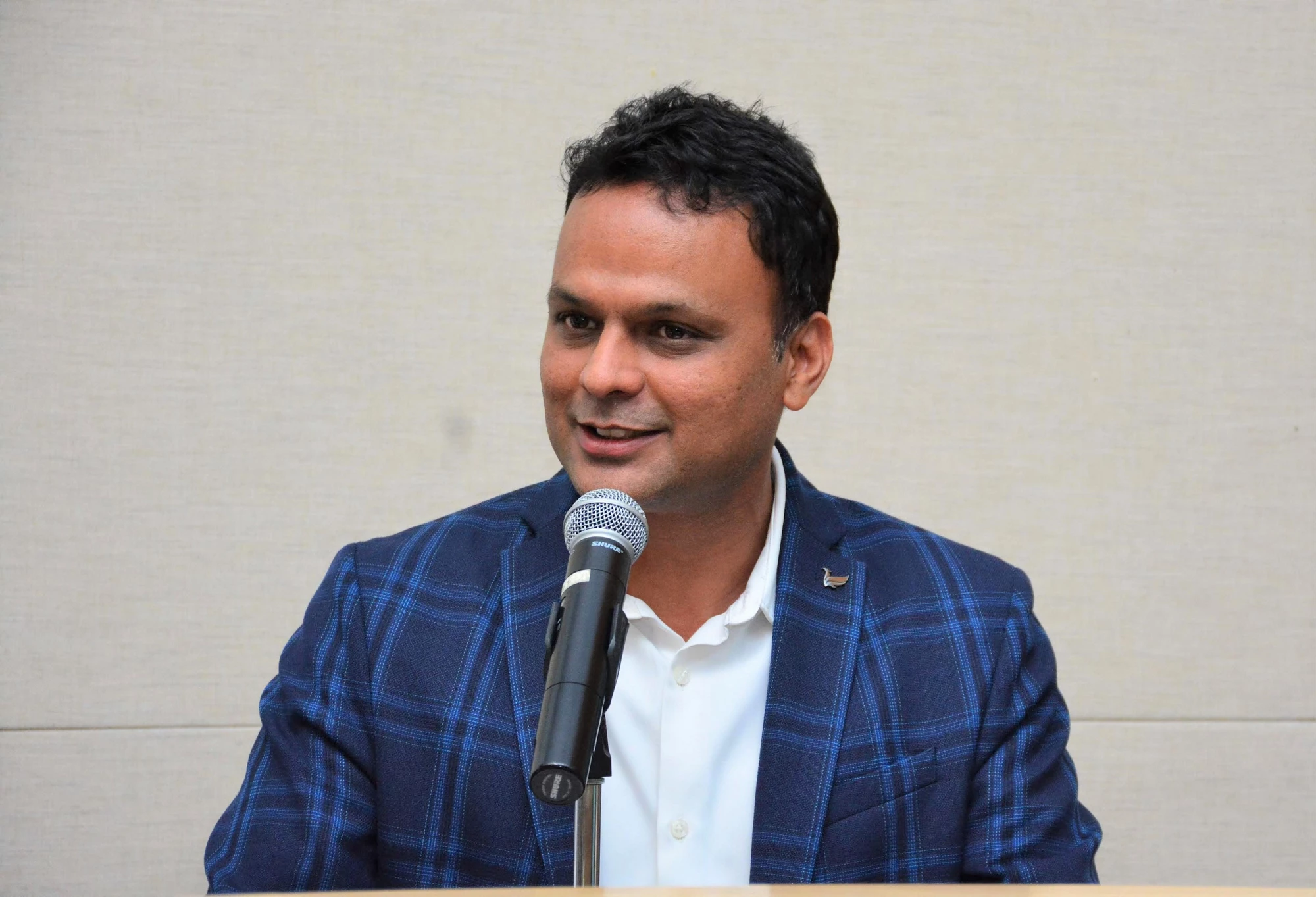
Riddle us this. In what country are...
- 450 million ceiling fans already in use, 40 million new ones sold every year?
- 350 million fluorescent tube lights already in use, 10 million new sold every year?
- 30 million air conditioners already in use, three million new sold every year?
With a population of about 1.2 billion, India is one of the largest consumer markets in the world. So it’s no surprise that household appliances account for several gigawatts of electricity usage across the country. As India’s middle class grows and people move from villages to towns and cities, electricity usage is only increasing. In fact, hundreds of millions of electric appliances will be added over the next few decades. This poses a serious challenge for India’s energy security since there already are electricity supply shortages, which often lead to chronic outages and blackouts. The surge in household appliances is also a climate change challenge—India, the world’s third-largest CO2 emitter, is predicted to continue increasing its greenhouse gas emissions at least until 2030.
But India is turning this challenge into an opportunity by tapping into energy efficiency solutions, a relatively new area with already a few major successes. Considered globally as the “first fuel,” energy efficiency is rising to the forefront of India’s quest for innovative solutions to provide 24/7 reliable and affordable electricity for all.
Under India’s UJALA (“Bright Light”) scheme, 105 million energy efficient LED bulbs have been distributed across 24 states, targeting 33 million customers. The program is helping improve the quality of lighting and at the same time lowering electricity bills. It has also helped the country reduce peak demands for electricity by 2,700 MW. If the entire India used energy efficient LED bulbs, total electricity demand would decrease by 10%.
That’s like taking 17 million cars permanently off the road.
UJALA is the first zero-subsidy LED lighting program in the world, made possible because the high-quality LED bulbs were affordable for consumers, eliminating the need for incentives. The cost of an LED bulb with a three-year warranty has dropped dramatically -- from $4.50 just over two years ago to $0.85 now. In fact, LED technologies have improved significantly in the past few years, resulting in better quality and more light at lower costs. In India, residential consumers now get these LED bulbs from UJALA distribution centers across the country or through the participating retailers. Consumers pay for them either partly upfront and then in installments through the “On-Bill Financing” model, or all in one go.
India plans to expand this program even further.
Work is already underway on streetlights. In just two years, EESL, the public sector joint venture company in India that implements UJALA, has deployed over 750,000 LED street lights in over 100 cities around the country through a “pay-as-you-save” scheme under the Street Light National Program (SNLP).
Replacing street lights, however, is not without challenges. Estimating the energy savings that would pay for the investment in LED street lights is difficult because the baseline consumption of electricity is sometimes impossible to calculate due to lack of good metering, maintenance and billing records. In addition, 10-20% of streetlights usually don’t work and electricity consumption records are often missing or erroneous making the estimation, measurement, and verification of energy savings even more complicated.
EESL has come up with a novel way of avoiding these challenges by using the energy savings calculations in a pilot demonstration of LED lights to extrapolate the “deemed” energy savings for the entire municipality where LED street lights are to be installed.
The LED street lights were especially helpful after Cyclone Hud-Hud in the state of Andhra Pradesh last year. More than 90,000 LED streetlights were installed in the city of Vishakapatnam in just six weeks as part of rehabilitation efforts. The municipality’s street lighting monthly bill before the cyclone had been almost $4 million, with $1 million in maintenance costs. After LED streetlights were installed, the streetlight bill fell by 45% and light levels improved by 70% . These benefits will last for another 15-20 years, over the estimated life of LED lights.
The annual share of LEDs in the Indian lighting market rose from less than 1% to 15%. Domestic manufacturing of LED bulbs has increased from 100,000 to 30 million per month, helping add new jobs. India hopes to replace all of its 770 million incandescent bulbs with LEDs by 2019 . This will:
- avoid construction and operation of 20 new 1,000-megawatt power plants at a total cost of $20 billion
- save 100 billion kilowatt-hours of energy use every year
- avoid 80 million tons of greenhouse gas emissions, and
- reduce consumer electricity bills by $8 billion per year

If you think this is promising, wait till you hear what is in the works for ceiling fans and irrigation pumps. (Coming soon…)



Join the Conversation